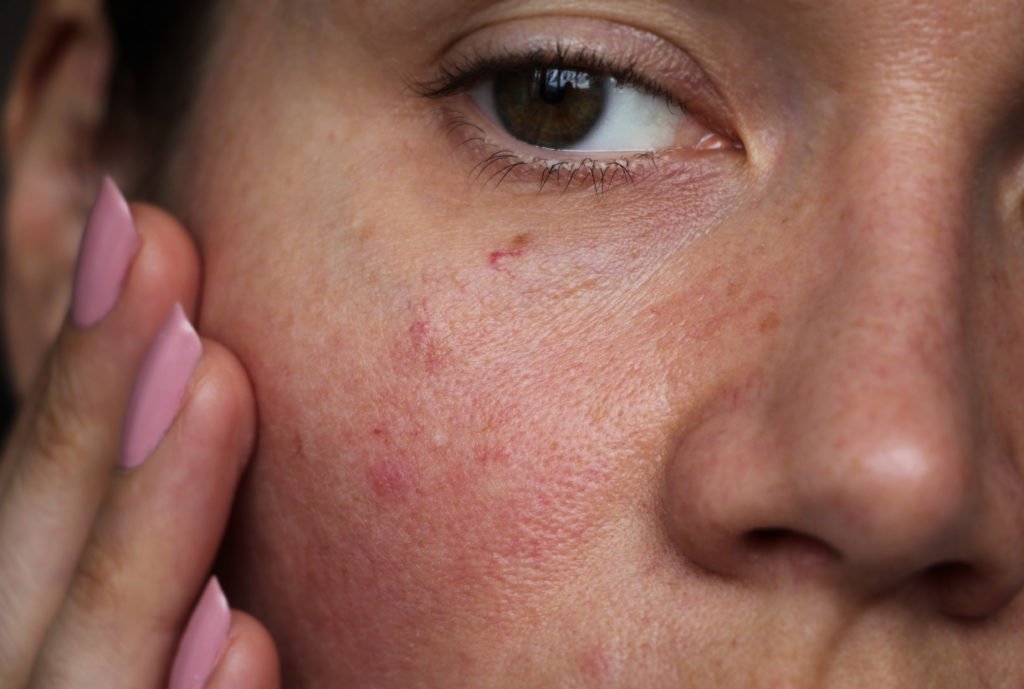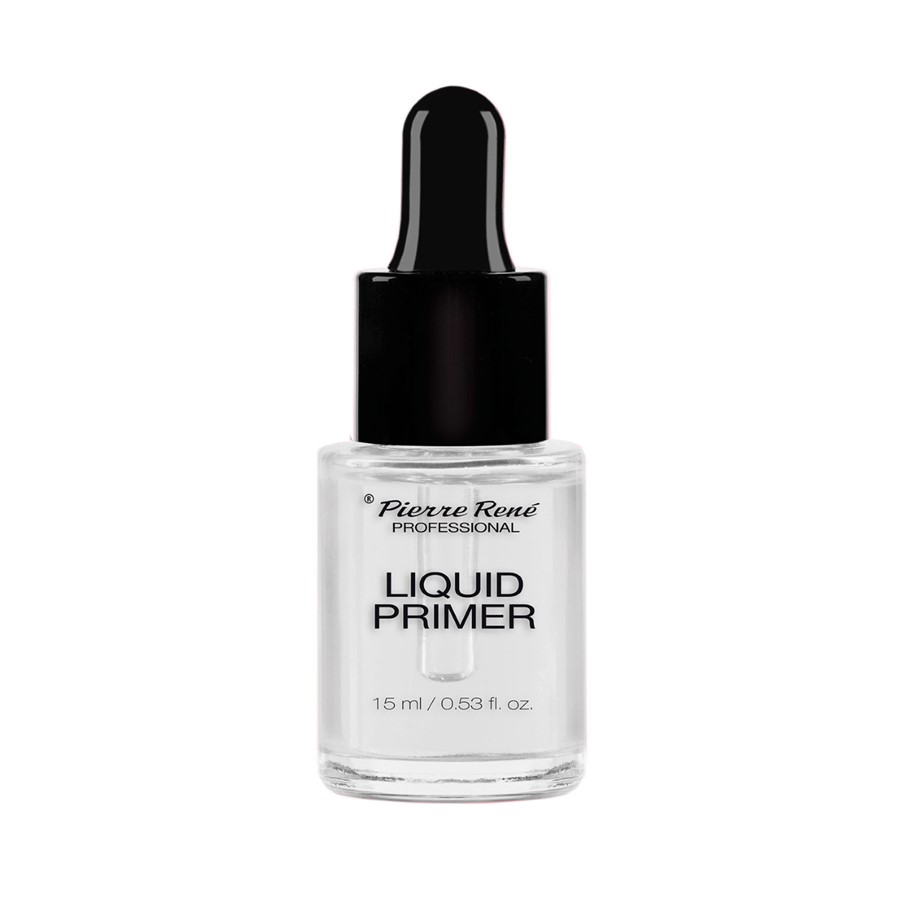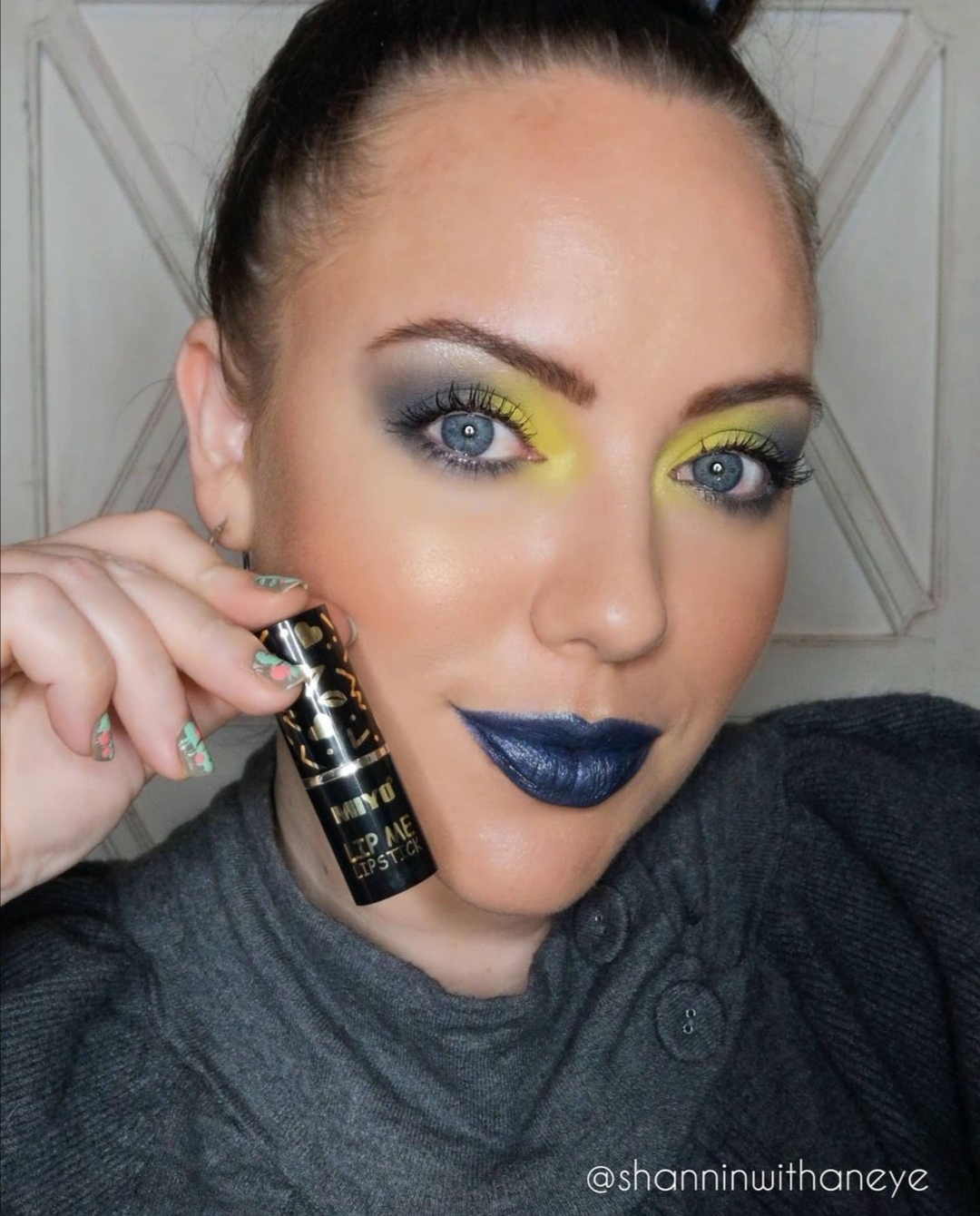Sensitive skin – what is that?

Sensitive and intolerant skin reacts more than normal skin; it is hyper-reactive. It is subject to prickling, heating, stinging and itching (more rarely), often in different ways.
Sometimes combined with redness, these feelings of discomfort are increased in reaction to various kinds of stimuli that normally do not trigger irritation. There are multiple triggers are here some that you might be able to relate to:
- the environment such as hot or cold weather/ UV radiation/ air conditioners/ wind
- psychological triggers such as stress/ feeling emotional
- internal factors maybe eating spicy food or too much acid
- chemical triggers like different cosmetics/ soaps/ fragrances
- hormones

Sensitive and intolerant skin therefore reacts to stimuli that have no effect on other skin types. This hyper-sensitivity of the skin is the result of a lowered tolerance threshold. The more sensitive the skin, the lower its tolerance threshold. For sensitive skin, reactivity manifests itself temporarily, at certain times. This means that you don’t necessarily have sensitive ALL the time but some of the time.
2 main factors are responsible for this decrease in skin tolerance and therefore this increased in sensitivity :
- First of all, the barrier function of the epidermis in sensitive and intolerant skin is impaired. This phenomenon promotes skin dehydration and the penetration of potential irritants. In some cases the barrier is broken and needs to be repaired – the exposure of the skin makes it intolerant to irritants or threats (if you’d like).
- It also seems that sensitive skin secretes too many pro-inflammatory cytokines (substances secreted by skin cells) and certain neuromediators through its superficial nerve endings. These abnormal secretions then cause the unpleasant sensations felt by affected subjects. Sensitive and intolerant skin also produces too many free radicals.

Who is Affected?
This sensitive skin phenomenon is frequent as it is said to affect a third of the adult population.
Women (60%) are more often affected than men (40%). Due to family and genetics, some people’s skin is more sensitive than others, especially fair skin. But skin color does not determine sensitivity. Darker skin has more melanin in it so it is less sensitive to the sun
Sensitive skin may or may not be combined with clinical signs of a facial condition such as rosacea, eczema or dermatitis. Not taking precautions against traditional triggering factors can cause the phenomenon to appear and worsen.
Sensitive skin is restricting
Having sensitive skin is one of the most restricting feelings in the world. Why? Because it takes away the freedom of experimenting with different or new products and skin care regimens. If you do dare to experiment, you’ll end up with a bad breakout or a burn, which is never fun. This is a feeling that a lot of us are all too familiar with.
While, other people with combination skin, oily skin, and normal skin get to experiment with new skin products and get to benefit from them, sensitive skin people miss out on this. There’s always a fear of side-effects and thereby, skin damage. “Suitable For All Skin Types” is the biggest no-no. And this is because there is NO such thing as ‘all skin types’ people underestimate having sensitive skin they really do – the break out or the burn/ rash is real and takes ages to heal.

Here are some skincare mistakes you could be making – I have put my own experiences in italics
1. You’re washing too often and with hot water
As a general rule of thumb, avoid hot water, as it strips the skin of your natural oils and promotes dryness. Use lukewarm water instead and maybe even wash your face less often, too. I have even done this myself especially when my skin has had a temper tantrum – it is the 1st thing I do – stop washing my face. Give it a chance to calm down and then start again – always being as gentle as possible.
2. You’re over-exfoliating
If you want to exfoliate, be cautious and do it only one time a week using a gentle, alcohol-free exfoliant (no loofahs, brushes or scrubs). Over-exfoliating strips the skin from its natural oils, causing irritation. In fact I DO NOT EXFOLIATE my skin at all – I am terrified of disturbing the balance you know that balance when things are okay and then suddenly they not.
3. You’re using the wrong makeup
Try to opt for makeup that’s mineral-based, since it doesn’t contain any harsh ingredients that can cause redness and irritation. As you know ALL our makeup is cruelty free and hypoallergenic – coming from the EU testing on animals is banned and because of the number of ingredients banned our skincare range AA Cosmetics and Delia Cosmetics are hypoallergenic. In fact the AA in AA Cosmetics is short for ‘effective care for allergy prone skin’.
4. You’re using too many products
Reduce the number of products you use on your face every day – especially makeup – to simplify your skincare and help your complexion clear up. However, be sure to apply your moisturizer daily to give it the soothing hydration it craves. Make sure to use a moisturizer that doesn’t have any harsh ingredients that can damage your skin. I use 3 skincare products on the daily: 1) face wash from AA Cosmetics only at night, Vitamin C Serum and Cream from Delia Products.
5. You’re not drinking enough water
Staying hydrated is probably one of the easiest ways to keep your skin healthy and supple, as it helps your body to flush out toxins. Drink plenty of water, especially if you are planning to hit the gym or workout. I did discuss this in a previous post – not too sure how accurate this is as it seems to becoming a bit of a myth.
6. You’re using fragrances, chemicals or dyes in your beauty, household products or clothing
Read the labels to avoid irritants that can worsen your condition. Not only stick to gentle, plant-based skincare products but also stay away from these irritants in laundry detergent and hair care products! Be diligent, avoiding harsh ingredients that can cause a reaction. This is something I strongly believe in and wish that people would too. Being a Scientist I can tell you now that I know ingredients – I get approached on the daily because of my degrees. Trust me when I say DO NOT USE PRODUCTS THAT DON’T HAVE INGREDIENTS LISTED ON THEM!
7. You’re not patch testing
The best way to tell whether or not new skincare products will trigger a flare-up in your sensitive skin is to start by applying a small square patch on your wrist before rubbing it across your full face. The skin on your inner wrist is thin and comparable to the skin’s facial thickness, so it’s a good way to test for allergic reactions before your entire face is covered in hives or red splotches.
8. You’re applying skincare products in downward strokes
The tiniest details can make the biggest difference, such as the direction in which you apply your skincare goodies. Move in upwards strokes as you apply your products so that you’re constantly uplifting the skin as you spread it out. Pulling down on the skin can incur more damage to the already-strained cells.
If you have a severe reaction to a certain product or products in particular, it likely means that you have an allergy to or sensitivity to a specific ingredient. Skin that persists to display signs of redness or irritation – even in the absence of any product use – might indicate a more severe condition like Rosacea, Psoriasis or Eczema. Some of these conditions are linked to dry skin as the barrier which is already broken becomes even more
These types of skin conditions are more severe than sensitive skin, and it is recommended you speak to a dermatologist or medical professional to diagnose any of these skin abnormalities and determine the best choice of treatment.




